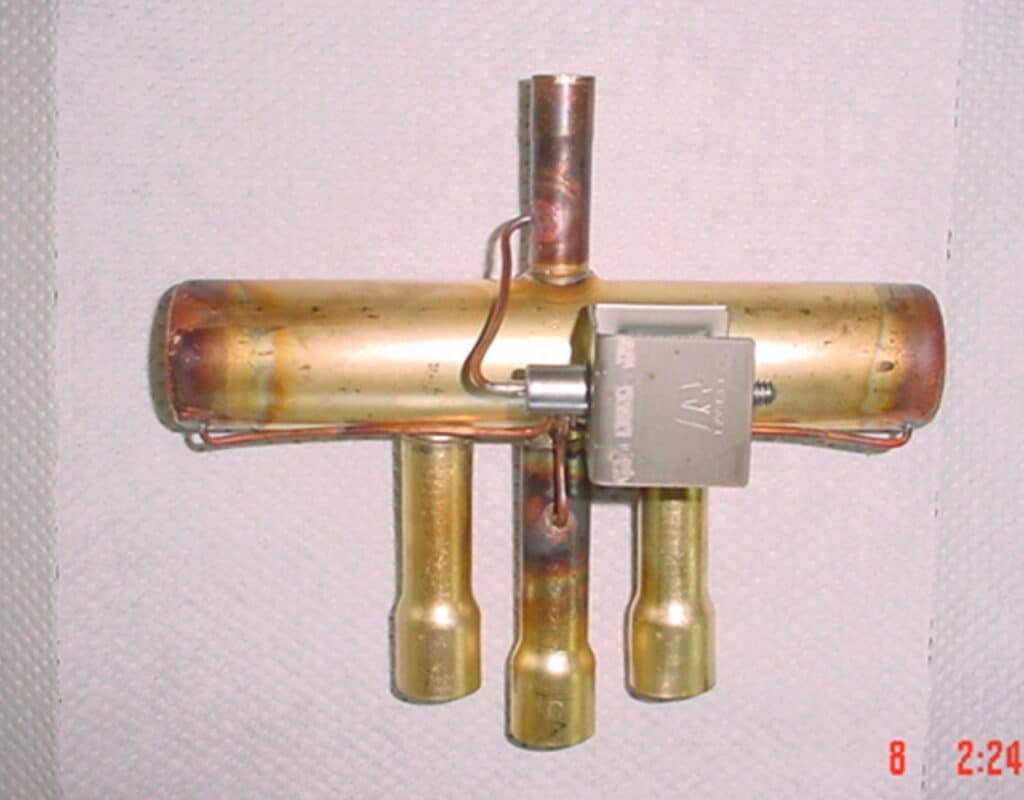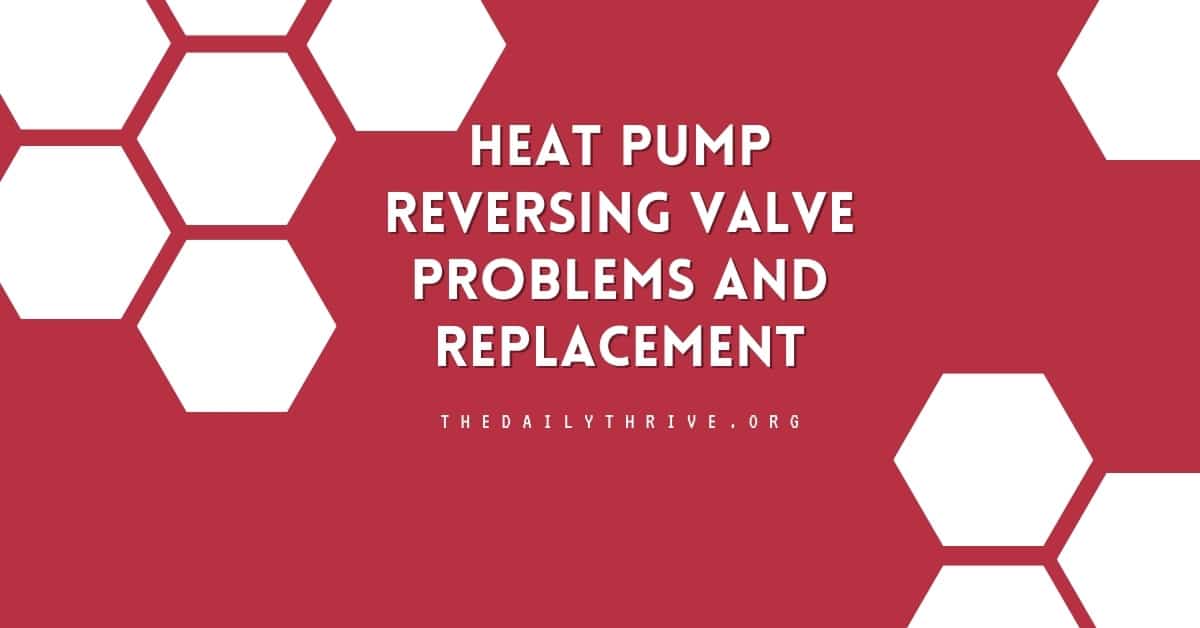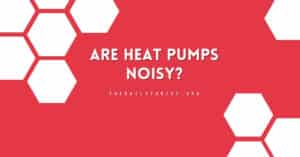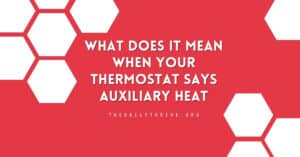I get many questions about it, and I refer to the reversing valve on heat pumps. Until now, I have no pages on it, but that is changed. Here is everything you need to know about the heat pump reversing valve.
Have you ever wondered how your heat pump can offer heating and cooling? It’s because of a special component called a reversing valve. This valve is a bit complex, and problems are developing with it. Without the reversing valve, your heat pump wouldn’t be able to heat and cool.

How does the heat pump reversing valve work?
How does the reversing valve switch a heat pump between heating and cooling modes?
In a typical air conditioner, the evaporator coils are where the refrigerant takes in heat from inside the house. The compressor’s temperature and pressure go up, and it moves to the condenser coils to send its heat outside. A reversing valve just turns the process around by making the refrigerant cycle in the opposite direction. It makes the condenser work as the evaporator and the evaporator work as the condenser.
A heat pump’s reversing valve is moved by a solenoid powered by a small amount of electricity. Once the reversing valve is in its final place, it changes how the refrigerant flows. This means that your heat pump uses refrigerant in the summer to pull heat from the air and send it outside. In the winter, this same refrigerant takes heat from the air outside and sends it into your home.
Diagnose and Replace the heat pump reversing valve
Like other components, the reversing valve can develop some problems. The most common one is stuck in a specific mode. The reversing valve works because the solenoid valve opens pressure ports to operate a nylon slider in the cylinder. This sleeve can jam or bind half way (called “wind milling”) and will overheat the compressor in a few minutes. Once this happens, there is little chance that the valve will work again.
If the valve is overheated when being installed, it is trash and will never move. If the system is very contaminated after burnout, it may stop the valve from working, but it is possible to get it to work again after several cycles. It is possible for the valve to stick in the cooling mode, but it is more likely to stick in the heat mode.
Replacing one of these valves is not a job for the faint of heart. It is the most difficult repair that you can make on a heat pump, above and beyond replacing the compressor. Installing the valve is difficult enough; not burning it up is even harder. It requires very good brazing skills and media to cool the valve while brazing. On one job, we used snow to cool the heat pump reversing valve between joints.
There is a right and wrong way to replace and install the valve. On most systems, the valve is installed so that it will be in heat mode with no power to the valve. Rheem and Ruud (don’t ask me why), the valve is placed so that cooling is the default even if it has a relay to invert the 24-volt AC “O” signal. On Rheem and Ruud, they also use a high voltage coil as opposed to 24 volts from the inside, so if the unit is in heating when the unit power is removed, it will revert to cooling instantly. This means that on other systems, there is no such thing as the reversing valve “reverting to cooling” or “going into heating mode” It will only go into cooling with a signal to the coil; otherwise, it is in the heating mode.
The cost to replace a heat pump reversing valve ranges from $500 to $1000. The job included adding a TEV for the heat mode to replace a capillary and adding a start kit.
If your heat pump is your primary heating and cooling system, we recommend you schedule maintenance at least once a year. During maintenance visits, you can expect a professional technician to check the heat pump reversing valve. A well-maintained heat pump is important to energy efficiency and comfort.






